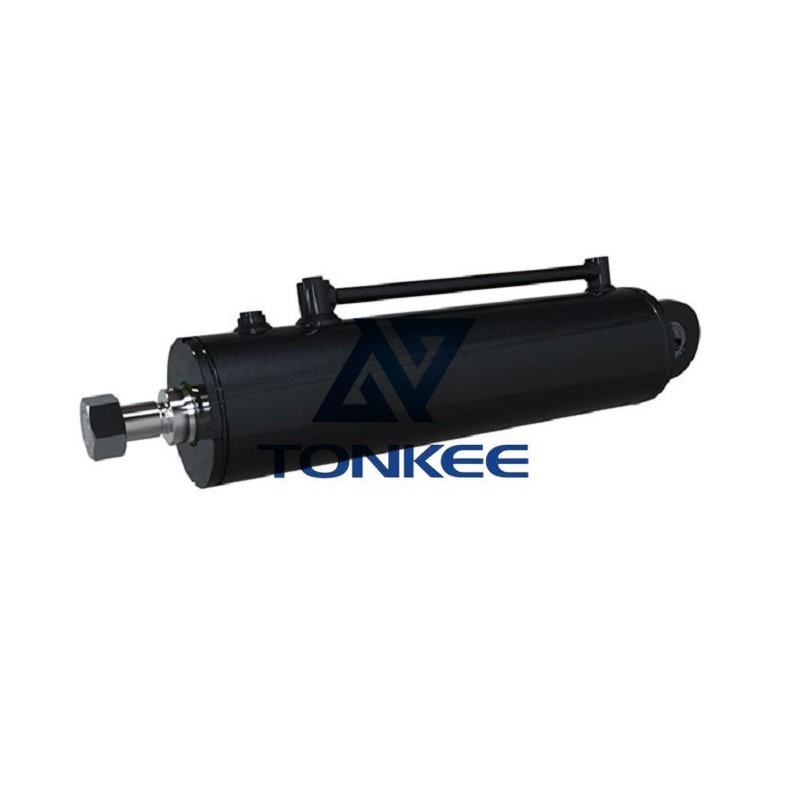
Cylinder Type and Configuration:
Hydraulic cylinders come in various types and configurations, such as single-acting, double-acting, telescopic, and differential cylinders.
The choice depends on the specific application requirements, whether it involves pushing, pulling, lifting, or holding loads.
Bore Diameter:
The bore diameter is a critical specification for a hydraulic cylinder. It represents the inside diameter of the cylinder barrel and significantly influences the cylinder's force output. Larger bore diameters generate more force, while smaller ones provide less force but offer finer control.
Rod Diameter:
The rod diameter is another vital parameter. It's the diameter of the piston rod extending from the cylinder. The rod's size affects the cylinder's strength and resistance to buckling.
Stroke Length:
The stroke length is the maximum distance the piston rod can travel within the cylinder. It determines the range of motion the cylinder can achieve and must match the application's requirements.
Working Pressure:
Working pressure denotes the maximum hydraulic pressure the cylinder can handle safely. Exceeding this limit can lead to cylinder failure and potentially hazardous situations. It's crucial to select a cylinder with a working pressure rating compatible with the hydraulic system's requirements.
Mounting Options:
Hydraulic cylinders are designed with various mounting options, such as trunnion, clevis, flange, or threaded ends. The choice depends on how the cylinder will be attached to the machinery or equipment.
Seal Type:
Seals are essential to prevent hydraulic fluid leakage and maintain system integrity. Common seal types include O-rings, V-rings, and lip seals.
The choice depends on factors like operating temperature, pressure, and fluid compatibility.
Material Construction:
Cylinder components are typically constructed from materials like steel, stainless steel, or aluminum. The material choice affects the cylinder's durability, strength, and resistance to corrosion.
Cushioning:
Some hydraulic cylinders feature built-in cushioning mechanisms to reduce impact and noise when the piston reaches the end of its stroke. Cushioning options include adjustable or fixed cushions.
Rod End Features:
Cylinder rods can have various end features, such as threads, mounting holes, or attachments like clevises and eyelets. These features allow for the easy connection of load-bearing components.
Speed and Flow Control:
In many applications, controlling the cylinder's speed is crucial. Flow control valves and adjustable flow restrictors can be added to the hydraulic circuit to regulate the cylinder's movement.



 English
English Türkçe
Türkçe


